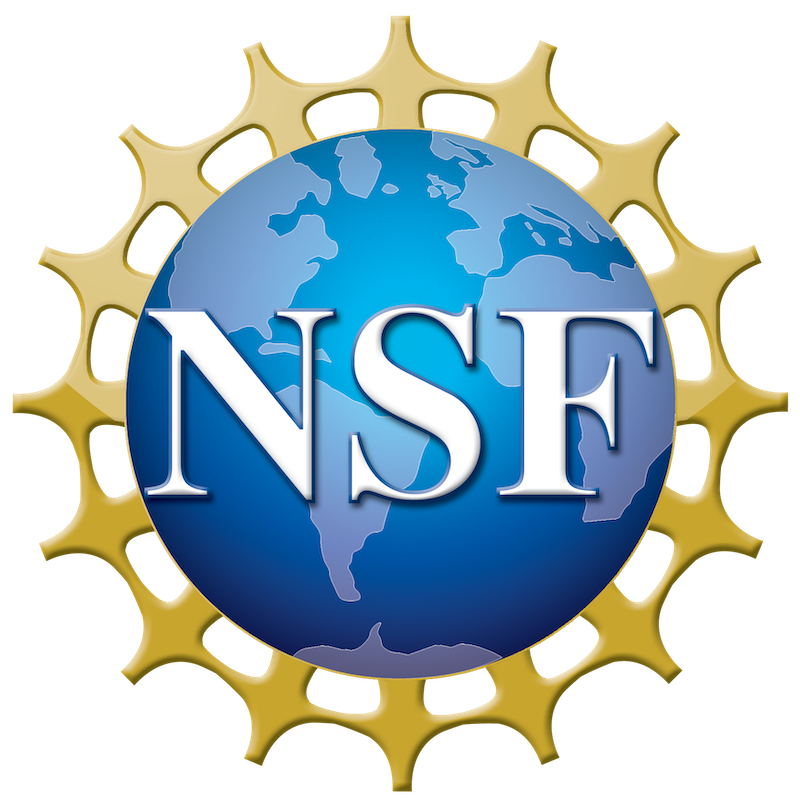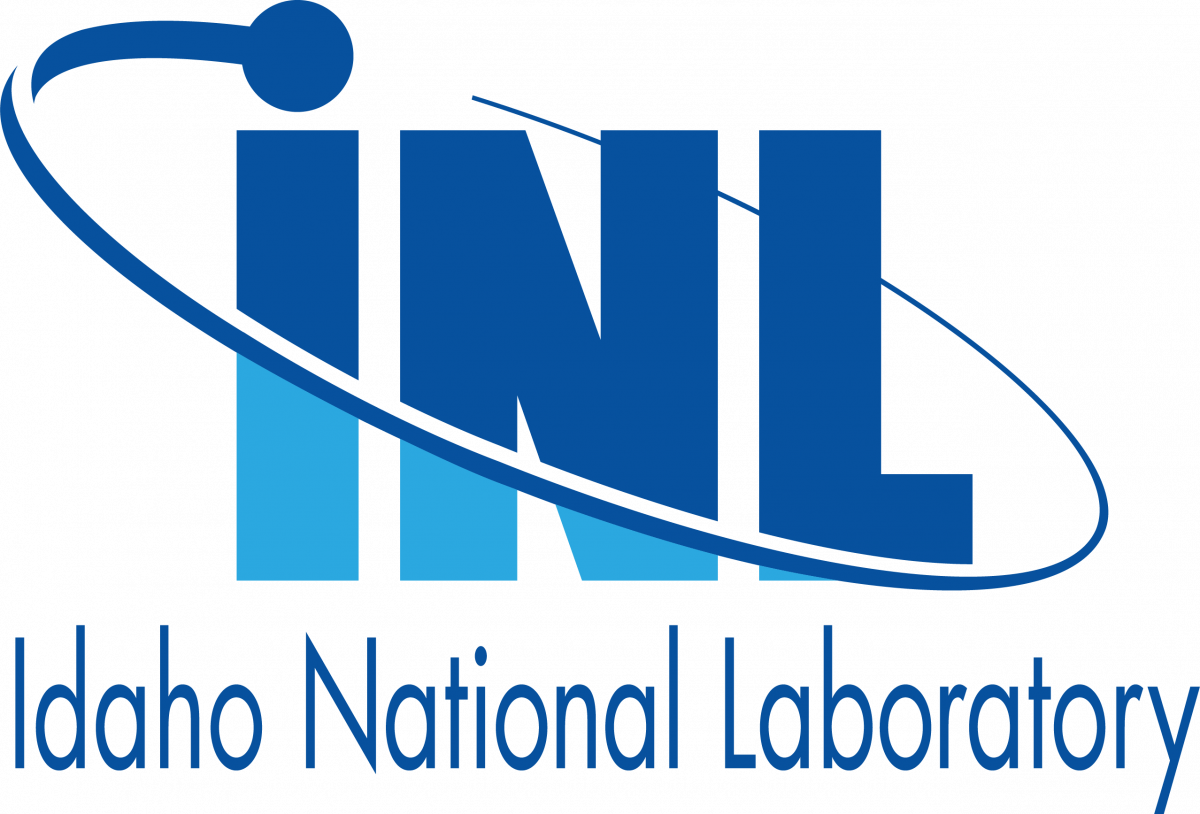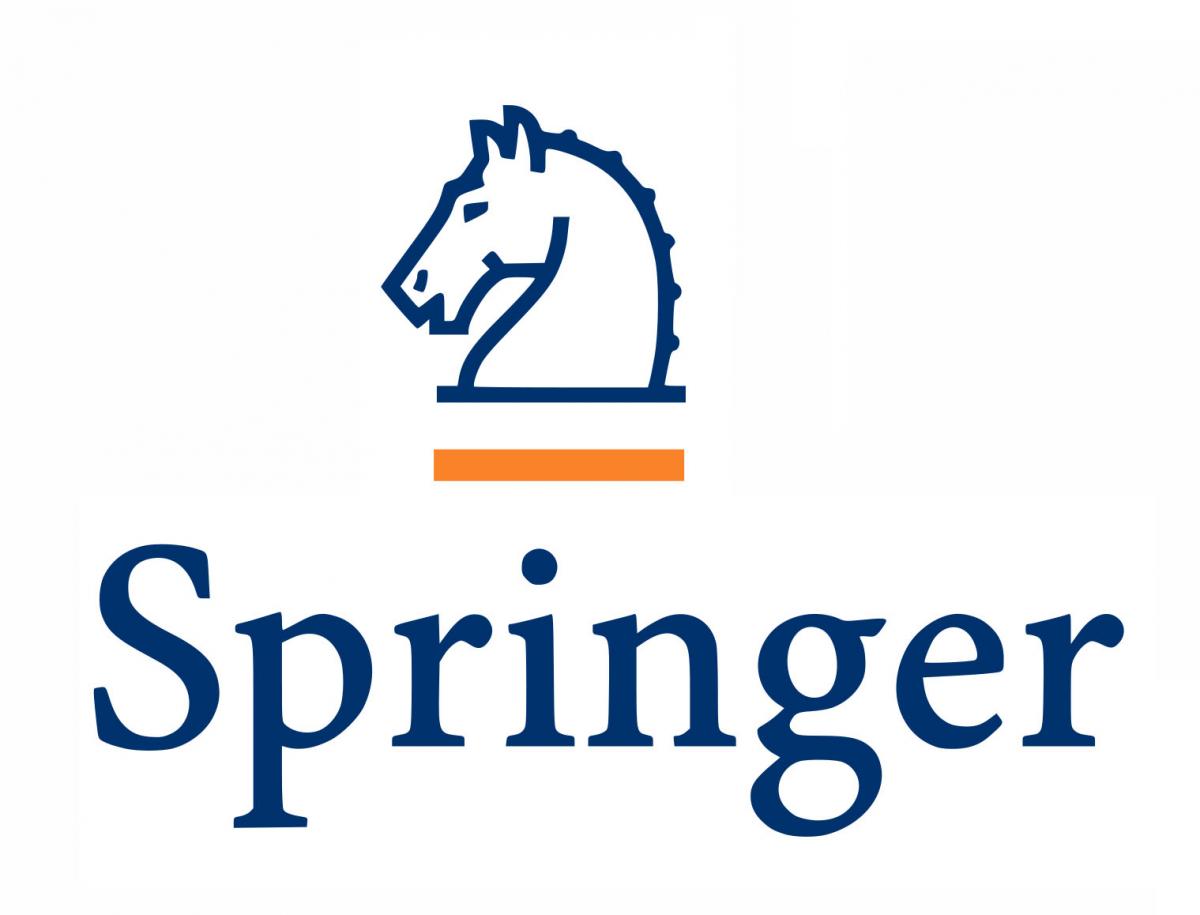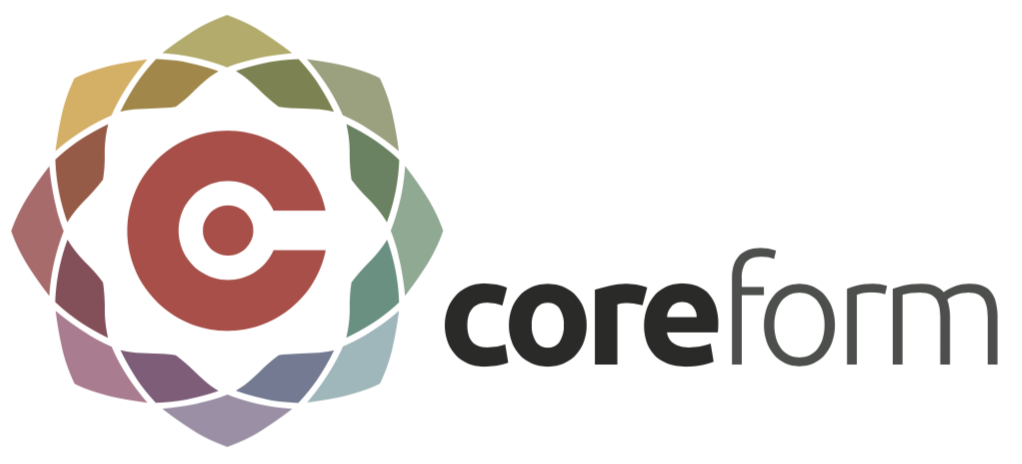Guglielmo Scovazzi, Duke University
Nabil Atallah, Lawrence Livermore National Laboratory
Santiago Badia, Monash University
Hugo Casquero, University of Michigan - Dearborn
Fehmi Cirak, University of Cambridge
Alexander Düster, Hamburg University of Technology
Baskar Ganapathysubramanian, Iowa State University
Ming-Chen Hsu, Iowa State University
WaiChing Sun, Columbia University
Vladimir Tomov, Lawrence Livermore National Laboratory
Jinhui Yan, University of Illinois Urbana-Champaign
In scientific and industrial applications, a large part of the overall effort invested for a finite element analysis is very often devoted to geometric modeling and the transition from computer-aided design (CAD) to analysis suitable models. To avoid the need for body-fitted mesh generation, fictitious domain methods were introduced already in the early 1960s. Since then, many variants of these appealing approaches have been suggested, like embedded domain and immersed boundary methods or special implementations of the extended finite element method. Whereas in earlier years the focus was placed on mathematical aspects, more recently a lot of progress has been achieved in engineering sciences. An important reason for this success is an essential paradigm of the fictitious domain and immersed/unfitted boundary methods, is that they support better design-through-analysis by closely coupling geometric modeling and numerical simulation.
Many variants of Immersed Boundary Methods have been developed, like CutFEM, the Finite Cell Method, Unfitted Finite Elements, the Shifted Boundary Method, or Trimmed Isogeometric Analysis, immersogeometric analysis, just to name a few.
This mini-symposium will focus on immersed/unfitted/fictitious domain methods dedicated, but not limited to problems in solid and fluid mechanics, including possible interactions with other physical fields (e.g. heat, multi-phase flow, etc.) applications. The topics of this mini-symposium will range from modeling aspects including the coupling of analysis and CAD, mathematical analysis, stabilization, pre-conditioning, integration of cut cells, adaptivity and implementational issues to the efficient solution of complex engineering problems. It will address low and higher-order unfitted discretization approaches, CutFEM, the Finite Cell Method, the Shifted Boundary Method, as well as combinations with the Isogeometric Analysis including trimming of spline patches or recent approaches to shape and topology optimization.











